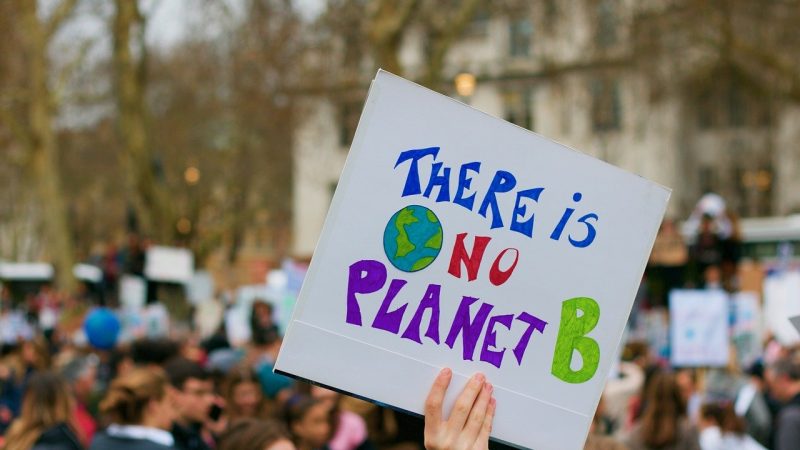'More and more community groups are taking it into their own hands to rejuvenate their streets and rewild their public spaces, turning grey to green'.

Leonie Cooper AM is the London Assembly Labour Group’s spokesperson for the environment
The Mayor’s Green New Deal is an important step in tackling the climate emergency and creating the next generation of high-quality jobs – but it must engage Londoners at all levels.
More and more community groups are taking it into their own hands to rejuvenate their streets and rewild their public spaces, turning grey to green. We must continue to empower them.
It has been fantastic to see so many greening projects, from Wandsworth’s Patmore Forest Garden in my constituency to Broadwater Farm Community Garden in Haringey, supported by millions of pounds in City Hall funding in the last few years.
A Green New Deal for London must start literally at the grassroots and that is why I will be calling on the Mayor to renew his Green Space Grants throughout this term and to target it at some of the most deprived areas of London, which often have the least green space.
During the last Mayoral term, it was encouraging to see Sadiq Khan pledge to work towards ensuring that 50% of the capital’s urban environment is green by 2050 and to declare London a National Park City.
This is a crucial fight back against the tide – London is losing gardens at the rate of an area two and a half times the size of Hyde Park every year. Paving over or installing plastic grass does nothing for biodiversity- and increases water runoff problems when rain comes.
To really drive this forward, City Hall now needs a ‘Green Space Champion’, who could protect our Green Belt and cast a birdseye view over our capital, working alongside councils to identify and secure key greening opportunities with enough sunlight, whilst supporting communities to maintain and protect these spaces.
We need to really zoom in on the granular detail: the roofs of empty office blocks, carparks and the spaces between buildings should all be considered as viable options.
Building a patchwork of hyperlocal greening and biodiversity schemes across the capital will transform our disproportionately paved-over urban environment, whilst bringing communities together after so much time apart. It could also provide another big draw for domestic and international tourists looking to visit London again.
During the pandemic, it has been clear that some Londoners have much easier access to green space than others. We know that access to green spaces helps people’s health and mental health. We know that this inequality, or what the London Plan refers to as ‘deficiency of access’, is more likely to impact Black, Asian and Minority Ethnic people.
This is a particular issue in parts of my constituency, and last year, I wrote to all the golf courses in Merton and Wandsworth, urging them to open up their land for local people to exercise, as an emergency measure. I have been pressing that Areas like Fishponds Playing Fields in Tooting should be unlocked and made as available to local residents as other open spaces. We are now also seeing spiralling demand for green space and allotment renting schemes in London, through digital platforms such as AllotMe.
Thinking ahead, we must aim for an outcome in which all Londoners have open space and children have somewhere to play within walking distance. This would be transformative when it comes to the mental and physical health of all Londoners – and would help to further push down air pollution levels across our capital.
If we are guided by the principles of permaculture when it comes to designing and reforming our urban environments, we can also futureproof our communities so they are more resilient to the impending challenges of flooding and drought.
The New London Plan does indeed adopt these principles, and I was delighted that the recommendation I made for the Plan to include a bio-diversity net gain requirement was adopted by the Mayor.
The missing bit of the equation is adequate funding from Central Government. For City Hall to build enough high-quality, environmentally-friendly and genuinely affordable homes with space for children to play, the Government needs to increase the housing funding it gives to City Hall seven times over.
Local authorities must also be given the resources to make their communities fit for the future – but they have been short-changed by the Government‘s funding formula for the last ten years.
So, whilst City Hall should continue to empower communities to rewild and green their neighbourhoods, central Government needs to empower devolved authorities to get on with the job of delivering a Green New Deal from the grassroots.
To reach hundreds of thousands of new readers we need to grow our donor base substantially.
That's why in 2024, we are seeking to generate 150 additional regular donors to support Left Foot Forward's work.
We still need another 117 people to donate to hit the target. You can help. Donate today.



